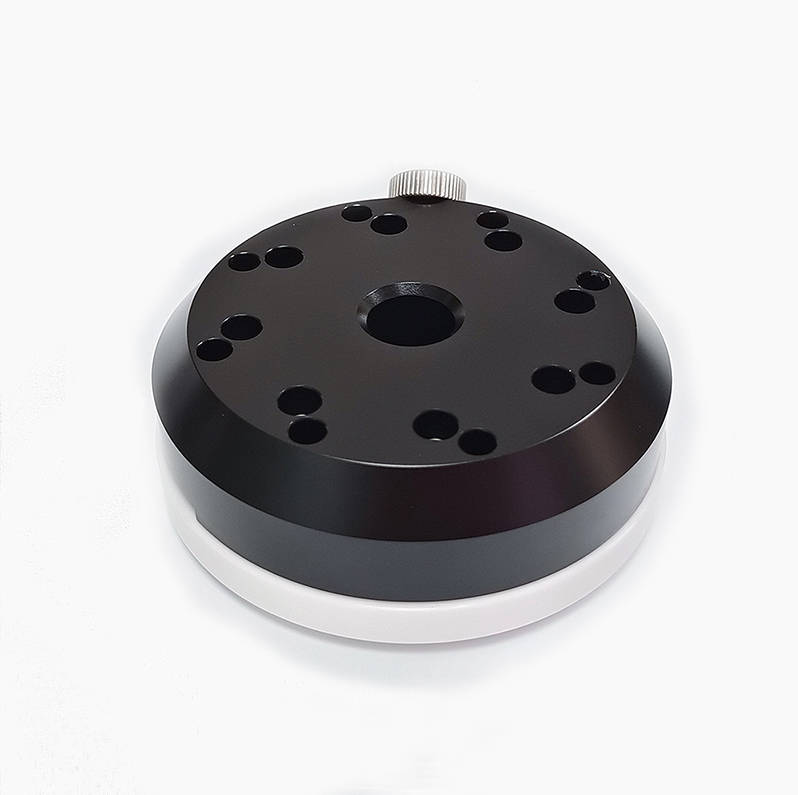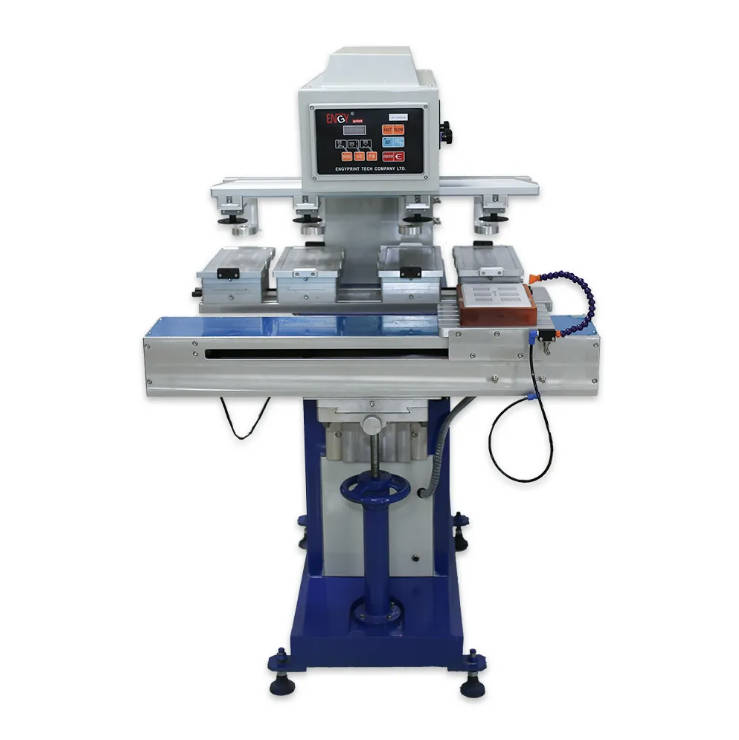Introduction
Pad printing, also known as tampography, is a versatile printing process used to apply images or text onto various substrates, including plastic, metal, glass, and ceramic. It is a popular choice for industries such as automotive, electronics, and promotional products. To achieve high-quality pad printing results, it is essential to understand the key points of the pad printing process. This article will explore six critical aspects that users should consider when purchasing a Pad Printer.

1. Pad Printing Machine Selection
The first step in achieving high-quality pad printing is selecting the appropriate Pad Printing machine. Several factors should be considered when choosing a pad printing machine, such as the desired print size, the number of colors to be printed, and the type of substrates to be printed. For instance, if you need to print large images or multiple colors, you may require a larger Pad Printer or a machine with multiple printing heads.
When comparing different pad printing machine models, consider features such as the print area, the number of printing stations, and the type of drive system (pneumatic or electric). Additionally, look for a Pad Printer with adjustable settings, allowing you to fine-tune the printing process for optimal results.
To ensure that you select the most suitable Pad Printing machine for your needs, it is recommended to consult with experts in the field or seek advice from reputable pad printing supplies manufacturers.
2. Cliché (Printing Plate) Preparation
The cliché, also known as the printing plate, is a crucial component in the pad printing process. It is responsible for transferring the desired image or text onto the pad, which then transfers the ink to the substrate. A well-prepared cliché is essential for achieving high-quality prints.
There are several types of clichés available, including thick plate, carbon steel plate and aluminum plate, Each type has its own advantages and disadvantages, so it is important to choose the one that best suits your specific printing requirements.
Proper cliché cleaning and maintenance are also crucial for maintaining print quality. Regular cleaning helps to remove any dried ink or debris, ensuring that the cliché surface remains smooth and free of imperfections. Additionally, storing clichés in a cool, dry place can help to extend their lifespan and maintain their quality.
By investing in high-quality clichés and maintaining them properly, you can ensure that your Pad Printer produces consistent, high-quality prints.
3. Ink Selection and Management
The choice of ink is another critical factor in achieving high-quality pad printing results. Different substrates require specific types of ink, so it is important to select an ink that is compatible with the material you are printing on. For example, if you are printing on plastic, you may need to use a solvent-based ink, while water-based inks are often used for printing on paper or cardboard.
The viscosity of the ink is also an important consideration. If the ink is too thick, it may not transfer properly to the pad or the substrate, resulting in poor print quality. Conversely, if the ink is too thin, it may bleed or spread on the substrate, causing the image to appear blurred or distorted.
To maintain consistent ink viscosity, it is important to follow the manufacturer’s instructions for mixing and storing the ink. Proper ink management can help to extend the life of the ink and ensure that it performs consistently throughout the printing process.
By selecting the right ink for your specific printing requirements and managing it properly, you can ensure that your Pad Printer produces high-quality prints every time.
4. Pad Selection and Maintenance
The pad is the component of the Pad Printer that transfers the ink from the cliché to the substrate. The choice of pad is critical for achieving high-quality prints, as different pads are designed for specific applications and substrates.
When selecting a pad, consider factors such as the pad size and shape, the material (silicone or polyurethane), and the hardness. The pad size should be appropriate for the print area, while the shape should be suitable for the substrate being printed. The material and hardness of the pad can affect the ink transfer and the final print quality.
Regular cleaning and maintenance of the pad are also essential for maintaining print quality. Dried ink or debris on the pad can cause imperfections in the printed image or text. To clean the pad, use a solvent recommended by the pad manufacturer and gently wipe the surface with a clean cloth.
Over time, pads can become worn or damaged, affecting their performance. It is important to replace pads as needed to ensure consistent print quality. By selecting the right pad for your specific printing requirements and maintaining it properly, you can ensure that your Pad Printer produces high-quality prints every time.
5. Substrate Preparation and Handling
Proper substrate preparation is vital for achieving high-quality pad printing results. The surface of the substrate must be clean and free of contaminants to ensure good ink adhesion. Any dust, oil, or residue can lead to poor print quality or adhesion failures.
Before printing, consider using surface treatment methods such as flame treatment or corona discharge to enhance the adhesion properties of the substrate. These methods help to increase the surface energy of materials, making them more receptive to ink. It is also important to handle substrates carefully to avoid introducing any contaminants during the printing process.
Positioning the substrate correctly on the printing machine is crucial for achieving accurate and consistent prints. Ensure that the substrate is securely held in place, as any movement during the printing process can result in misalignment and poor-quality prints.
By preparing and handling substrates properly, you can significantly improve the quality of your pad printing results and reduce the likelihood of defects.
6. Print Quality Optimization
To achieve the best possible print quality, it is essential to optimize various factors throughout the pad printing process. This includes adjusting the settings on your Pad Printing machine, such as the speed, pressure, and dwell time. Each of these parameters can significantly impact the quality of the final print.
Regularly inspect the print quality and perform troubleshooting as needed. Look for common issues such as incomplete prints, smudging, or color inconsistencies. Identifying the root cause of these problems can help you make necessary adjustments to the printing process.
Additionally, consider conducting test prints before running a full production batch. This allows you to evaluate the print quality and make any necessary adjustments to the machine settings, ink viscosity, or substrate handling techniques.
By focusing on print quality optimization, you can ensure that your Pad Printer consistently produces high-quality prints that meet your standards.
Conclusion
In conclusion, understanding the pad printing process and its key components is essential for anyone looking to purchase a Pad Printer. By carefully selecting the right pad printing machine, preparing clichés properly, choosing the appropriate ink, maintaining pads, preparing substrates, and optimizing print quality, you can achieve outstanding results.
Investing time and resources into these critical aspects will not only enhance the quality of your prints but also improve the efficiency and reliability of your pad printing operations. Whether you are in the automotive, electronics, or promotional product industries, following these best practices will help you make informed decisions when purchasing pad printing supplies and ensure that your printing needs are met with excellence.
By adhering to these guidelines, you can confidently embark on your pad printing journey, knowing that you are equipped with the knowledge necessary to achieve high-quality results.





